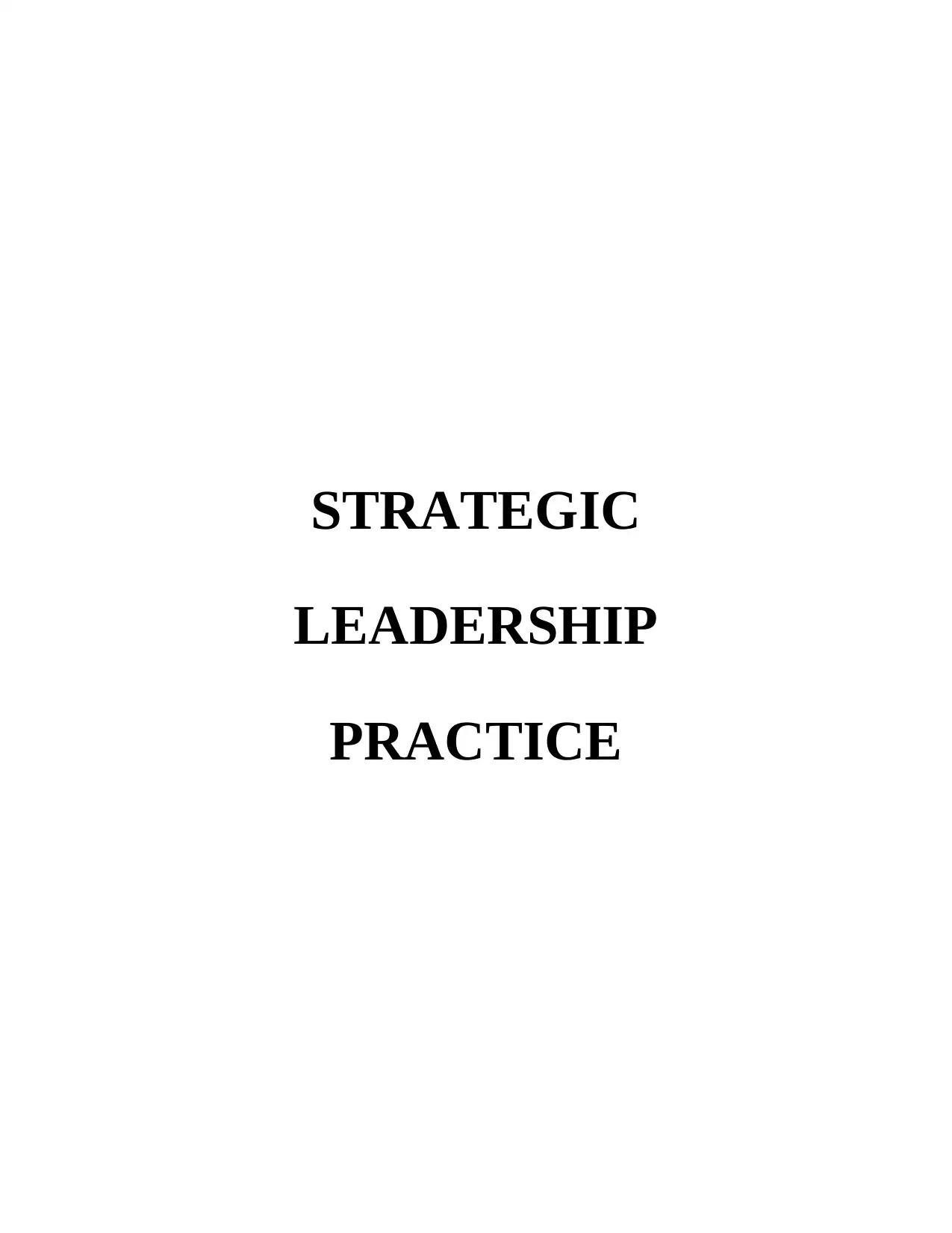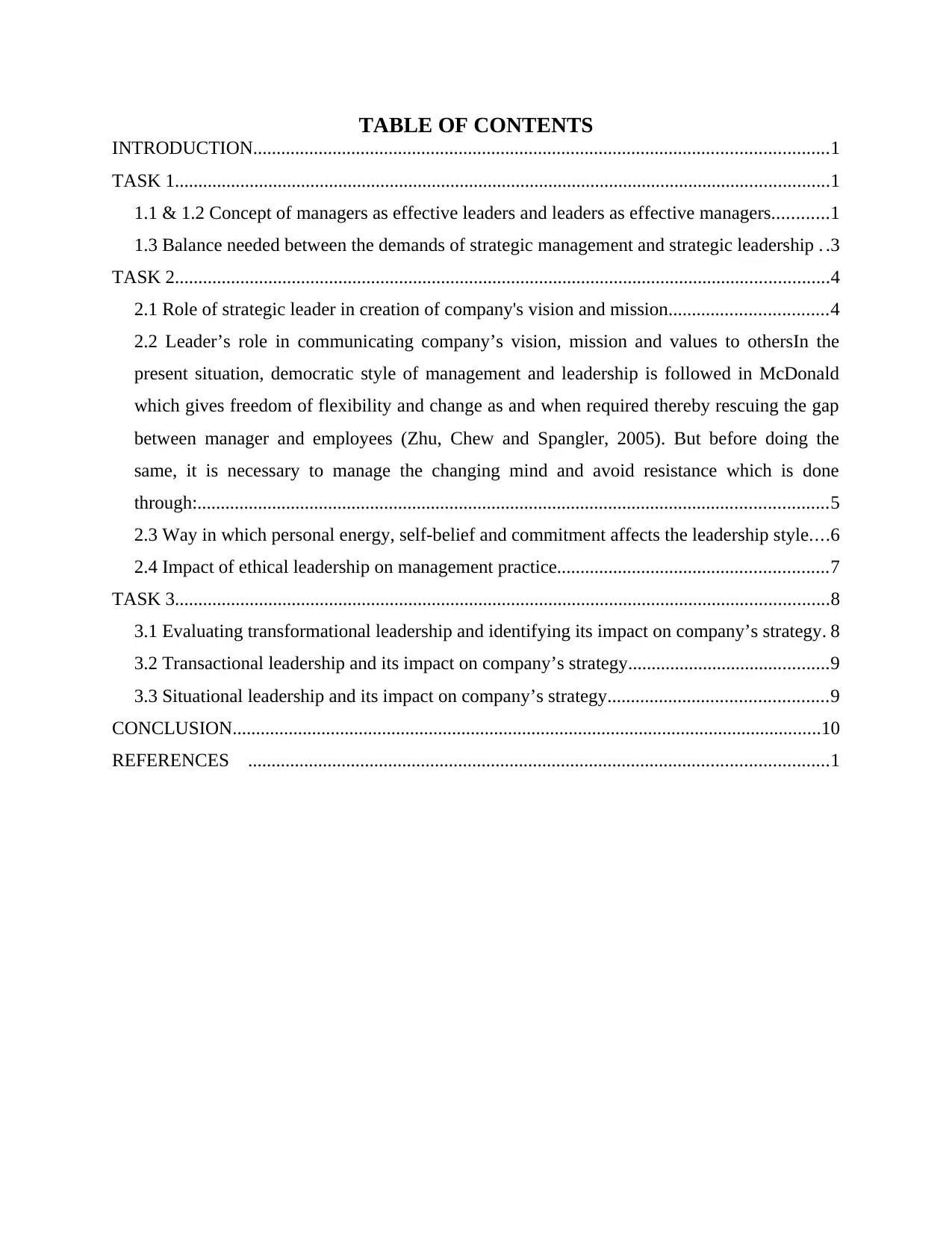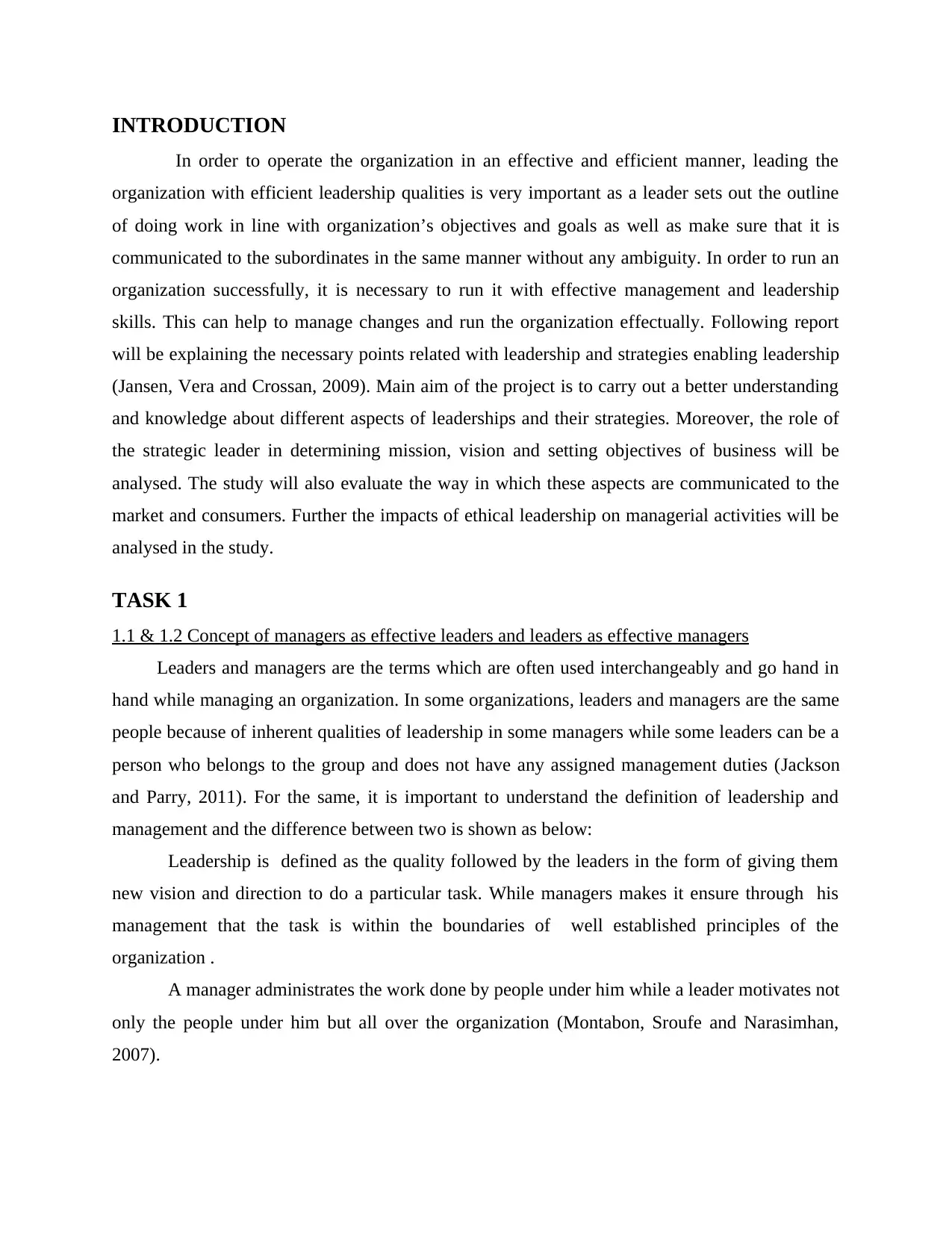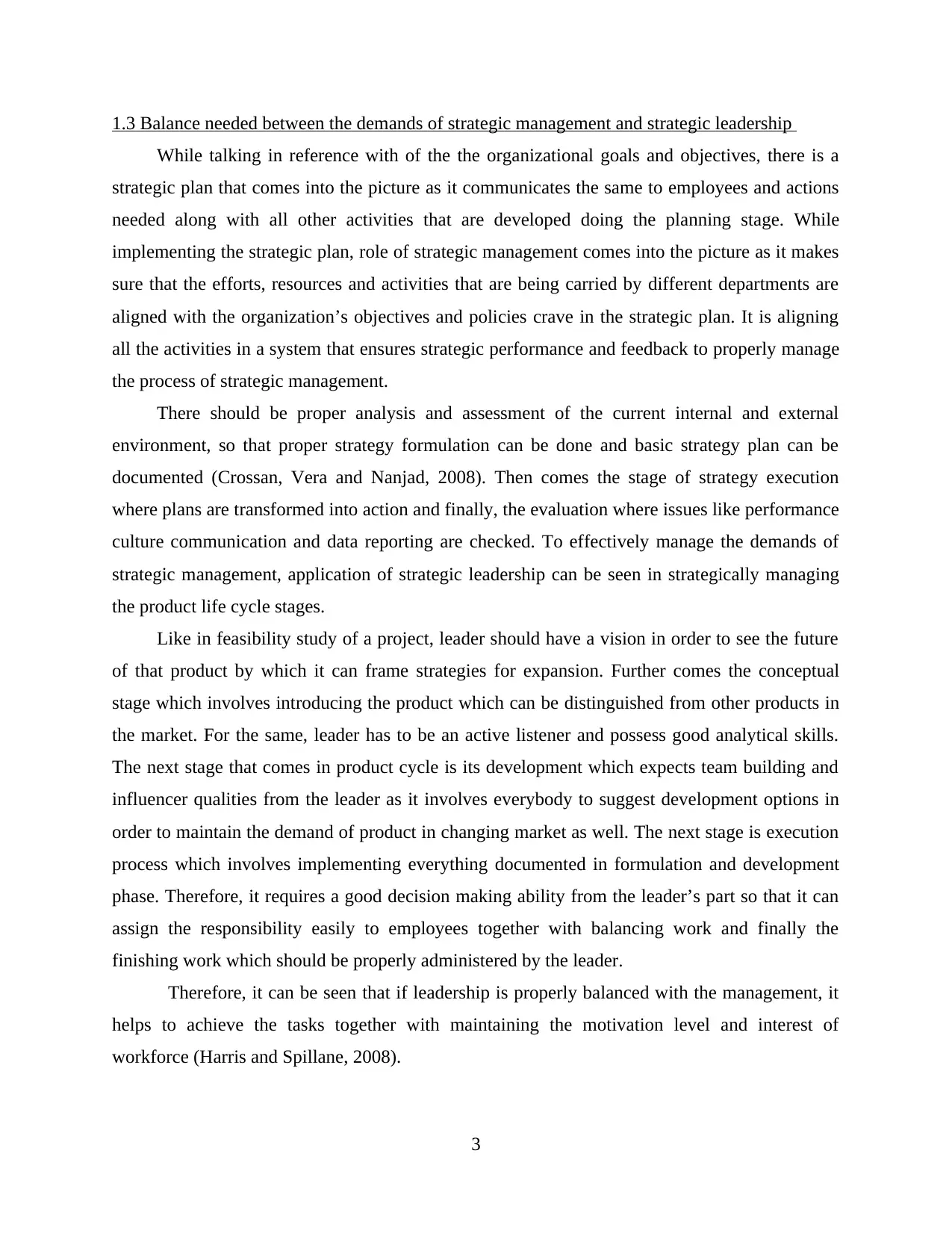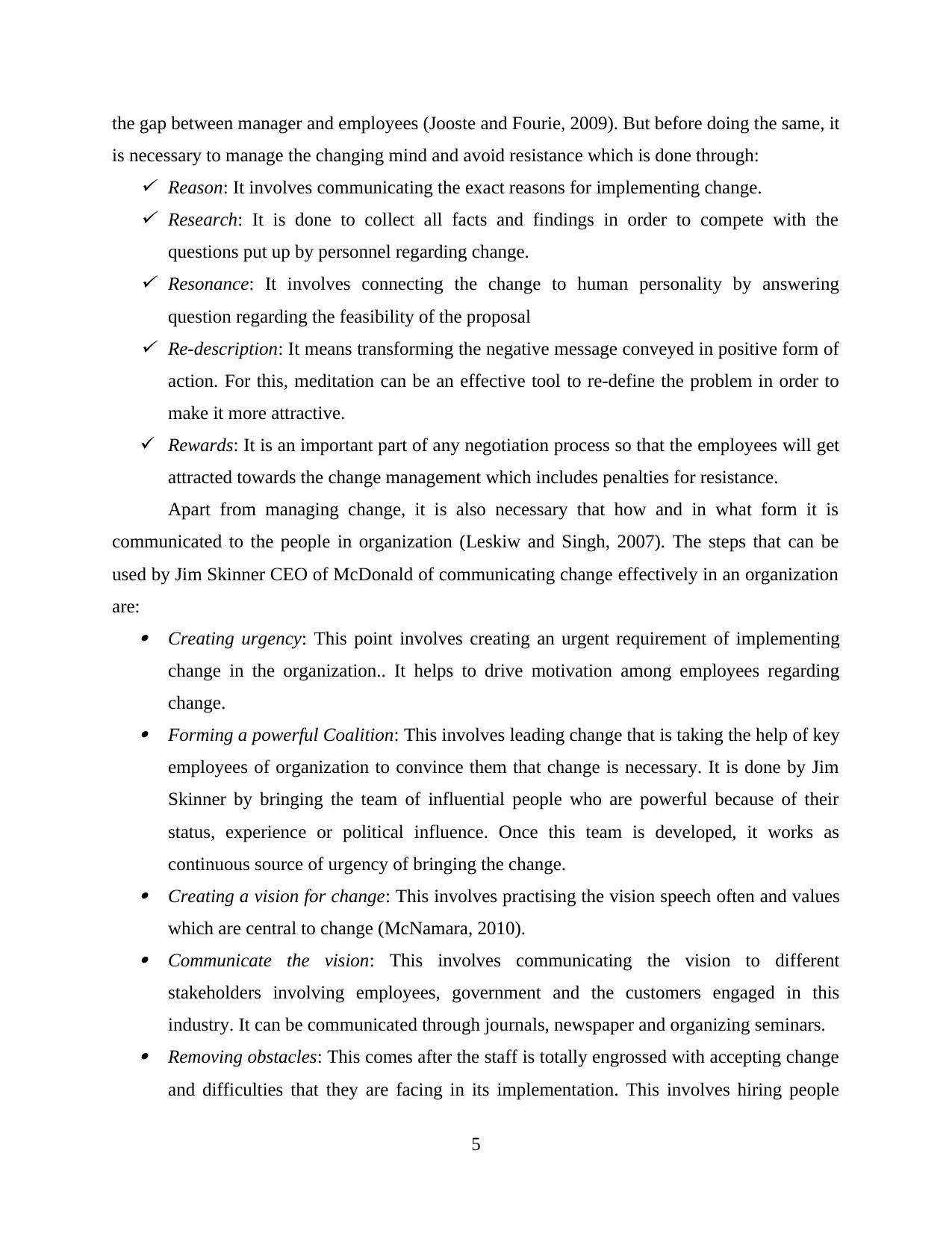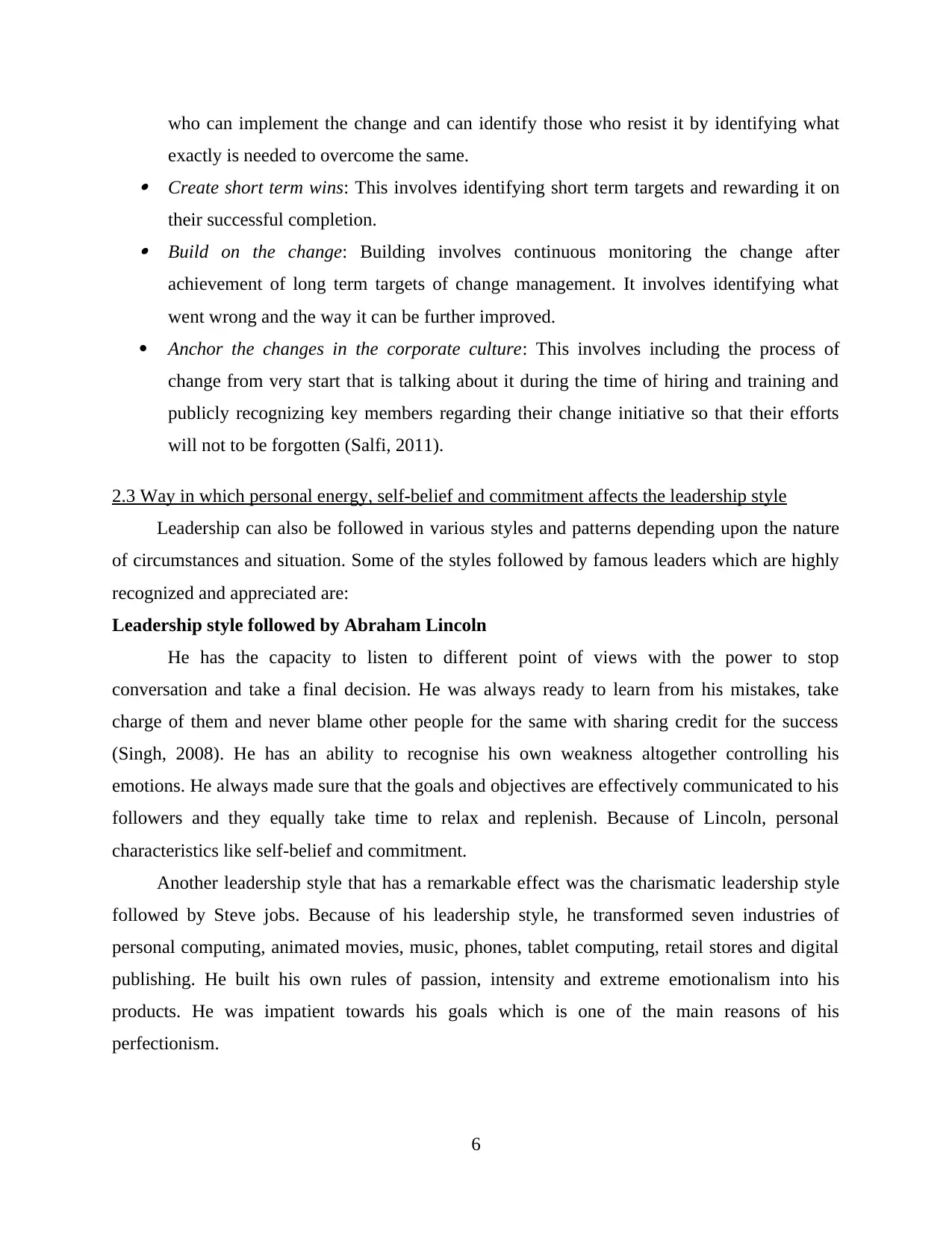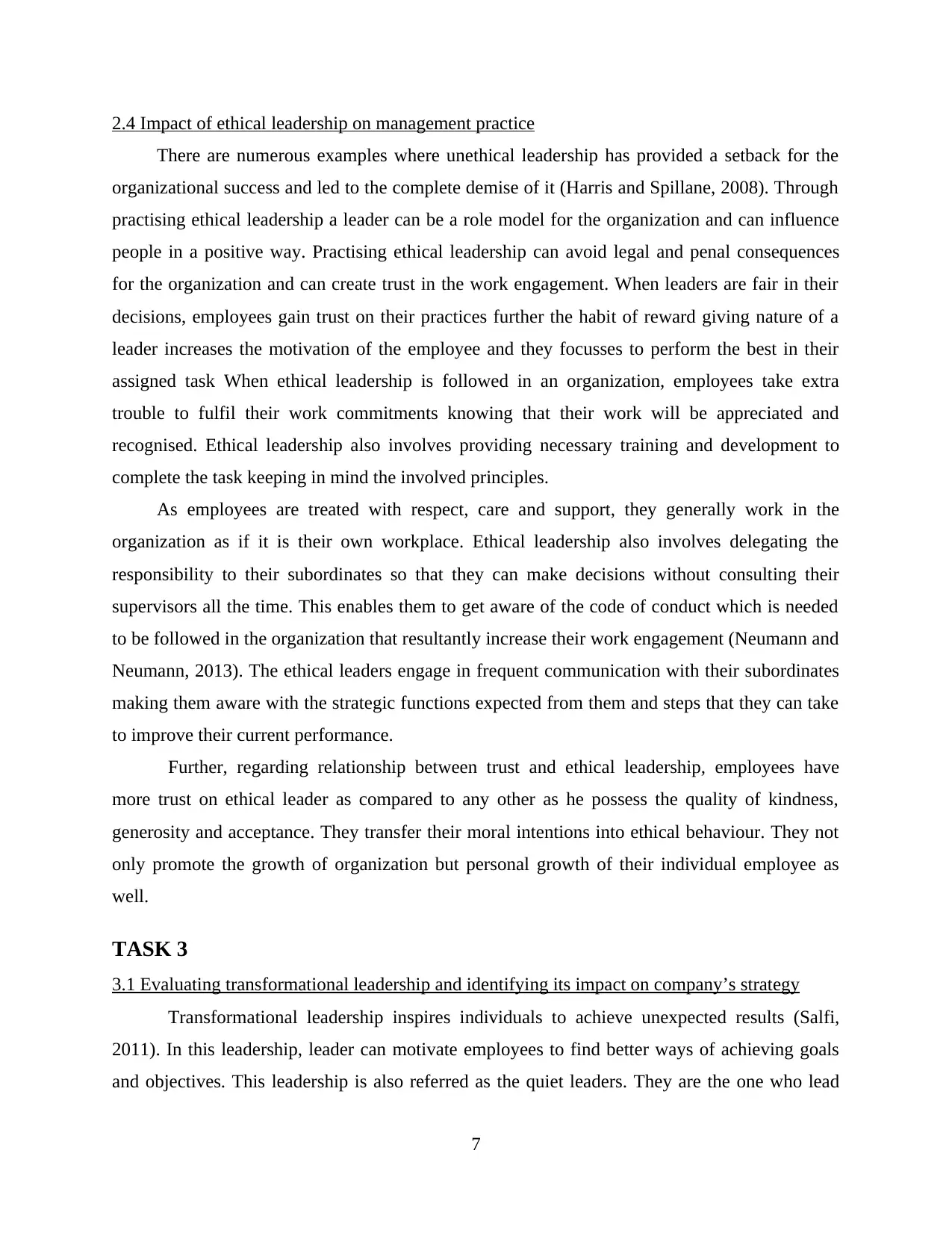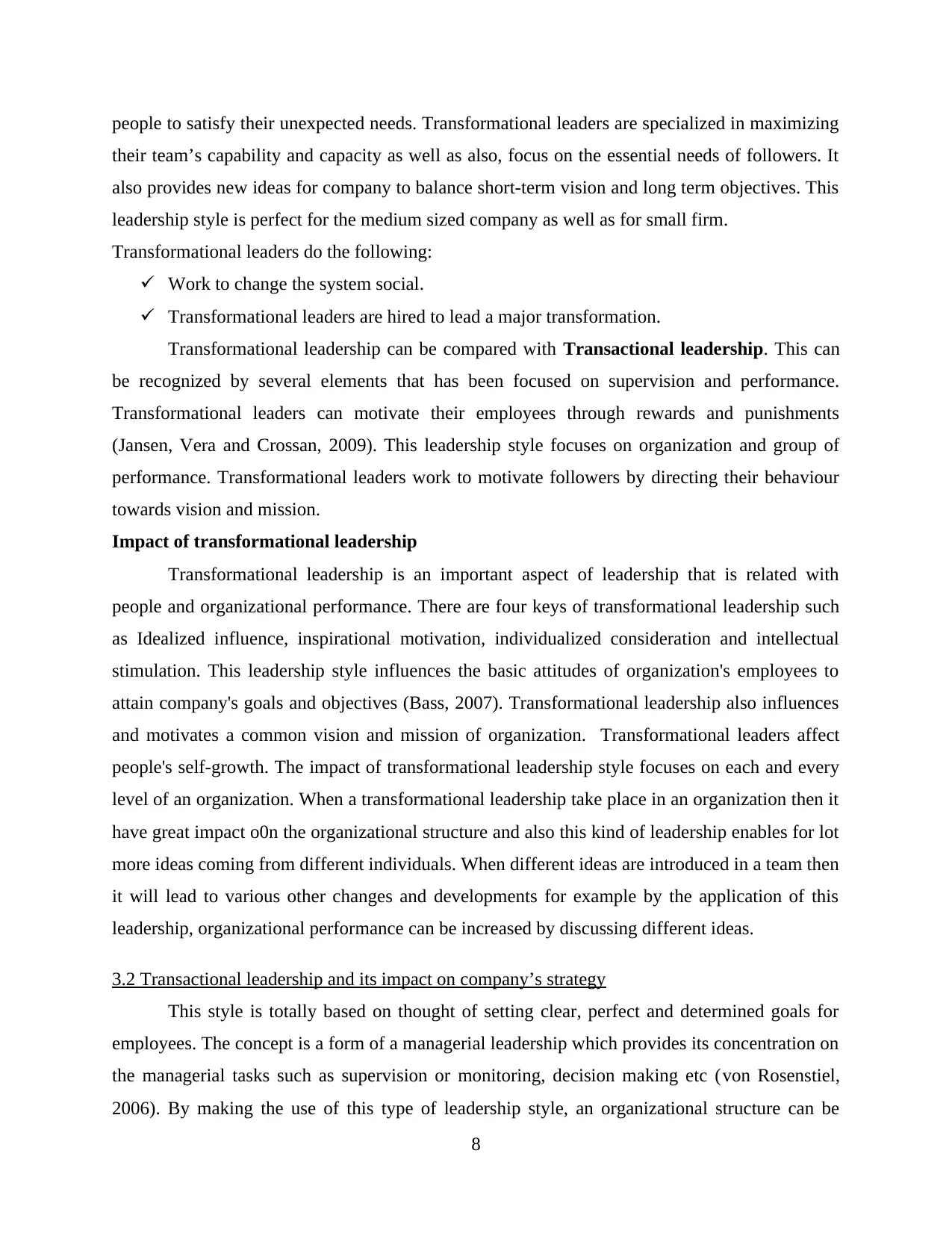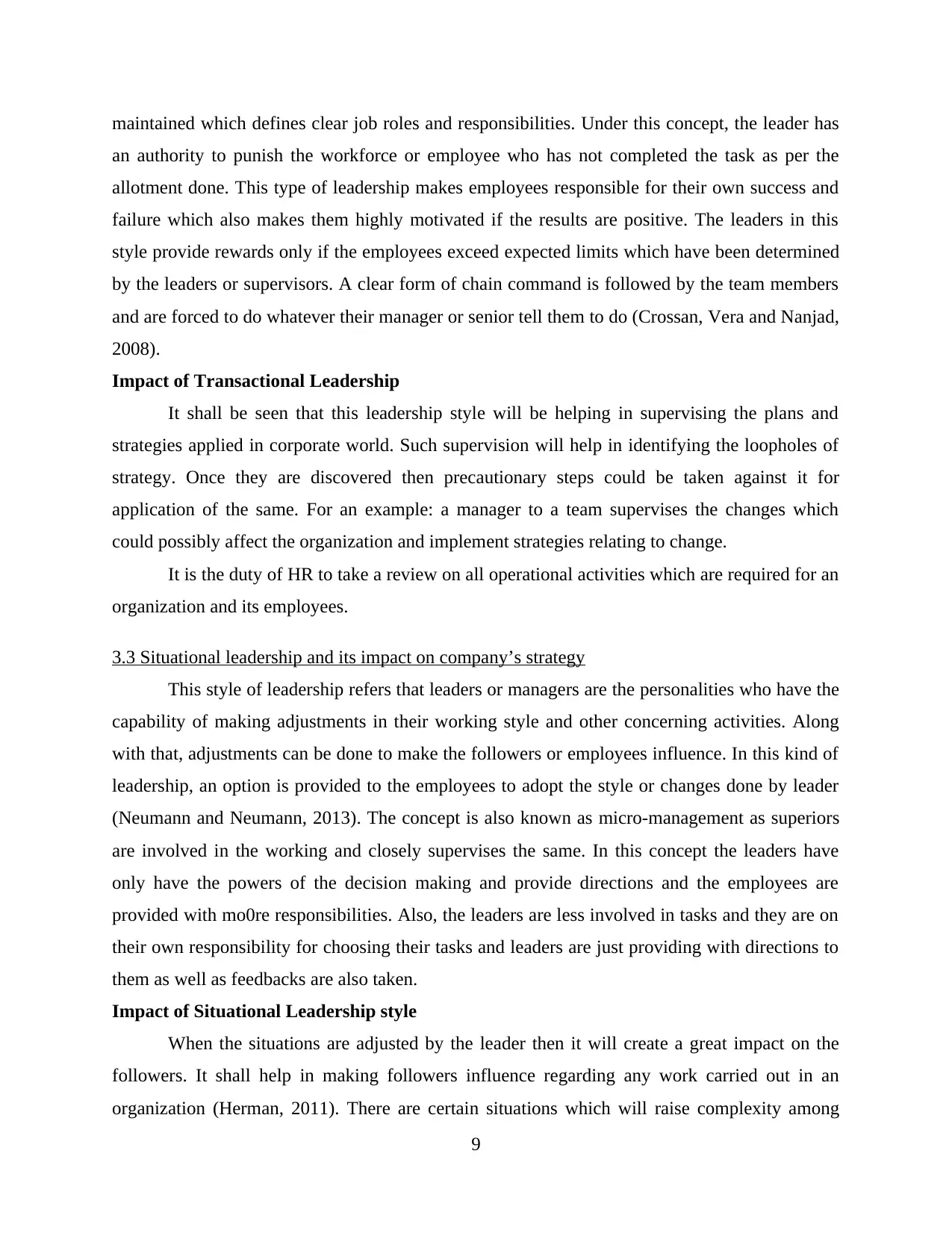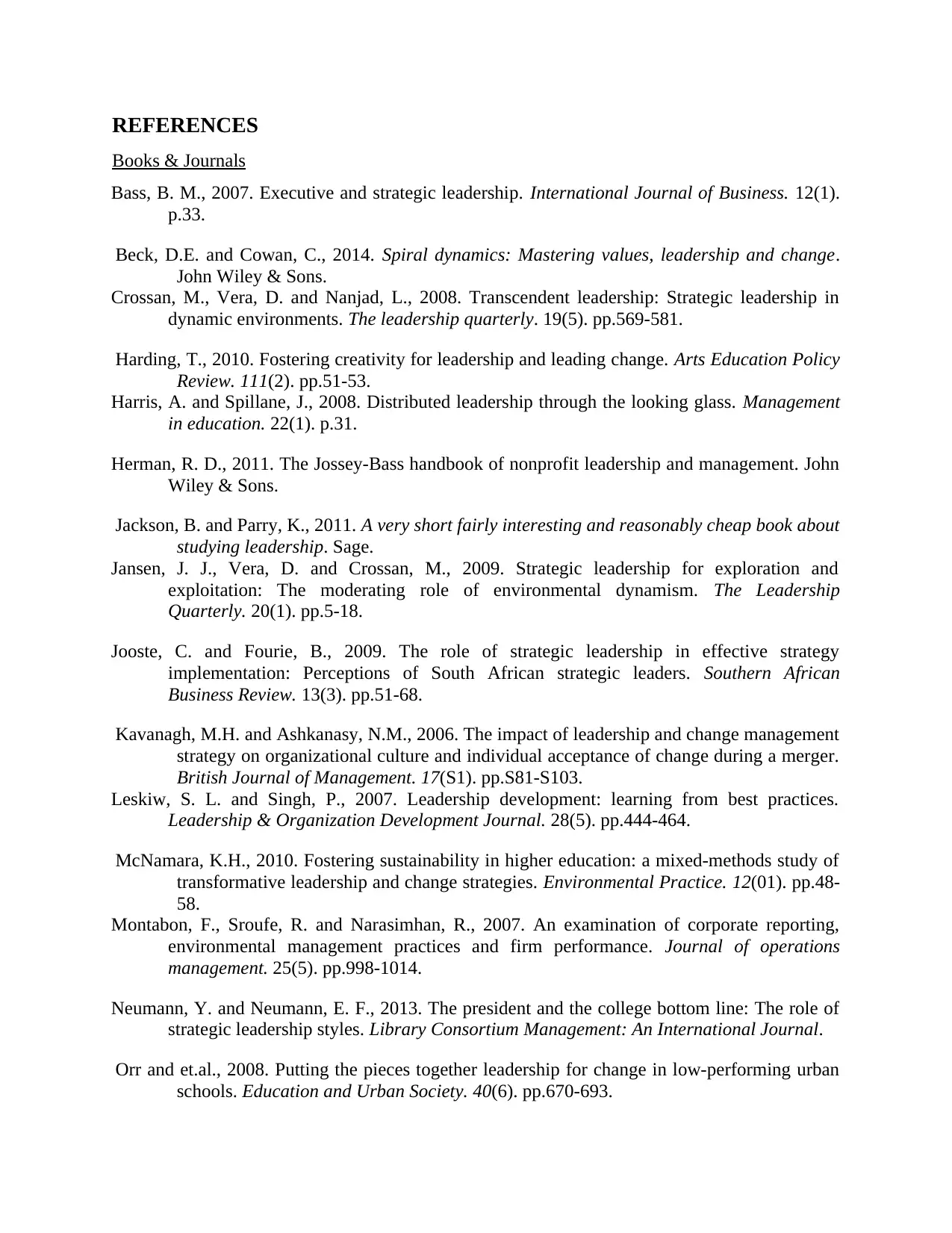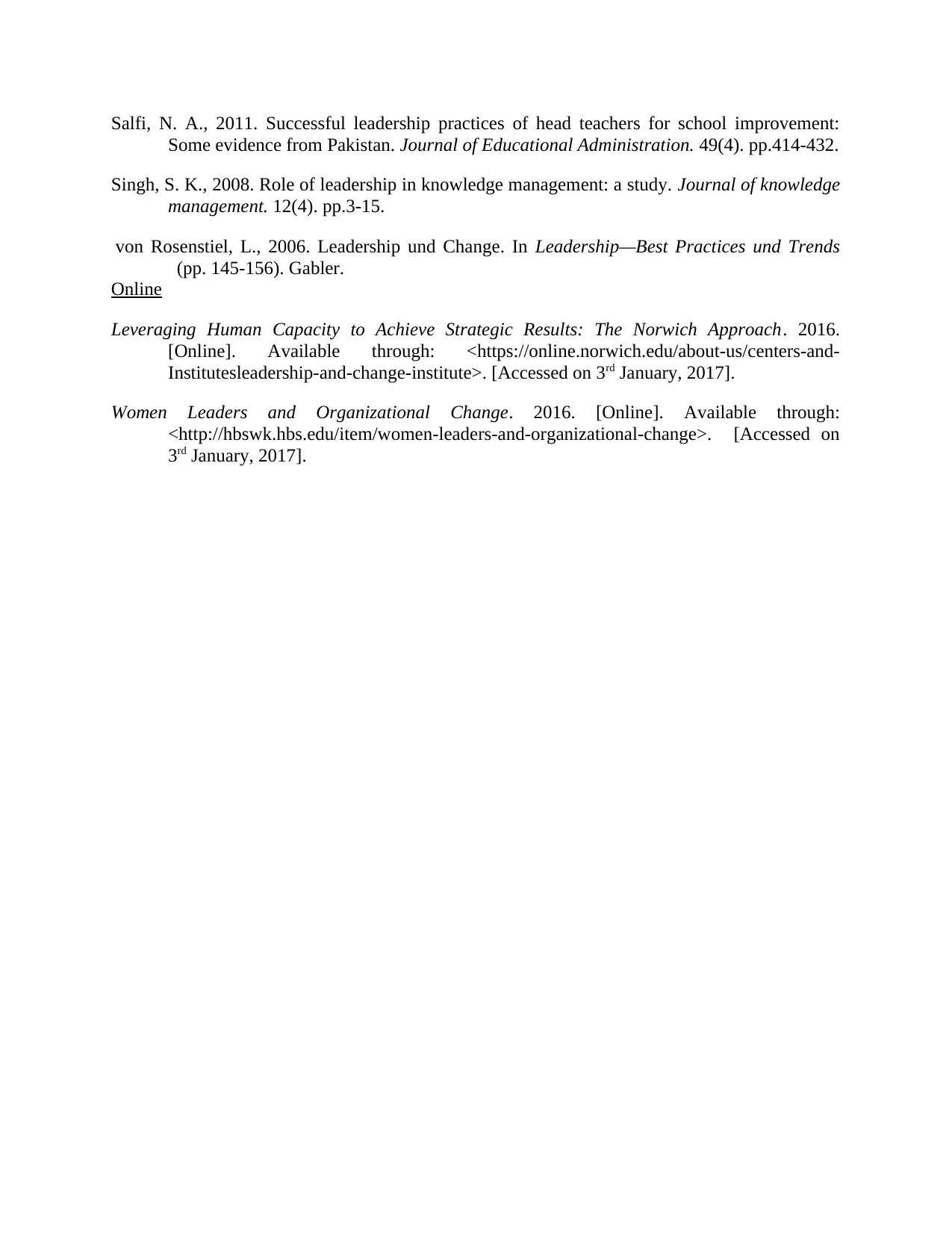The provided content focuses on fostering creativity for leadership and leading change in various contexts, including education, business, and non-profit organizations. The sources suggest that effective leaders are adaptable, innovative, and able to inspire others to drive change. Distributed leadership, strategic thinking, and transformational leadership are highlighted as important factors in achieving successful organizational change. The content also emphasizes the importance of individual acceptance of change, cultural alignment, and environmental dynamism in facilitating positive outcomes. Overall, the sources offer valuable insights into the complexities of leading change and the role of creative leadership in driving innovation and success.
![[object Object]](/_next/static/media/star-bottom.7253800d.svg)
![[object Object]](/_next/static/media/star-bottom.7253800d.svg)
